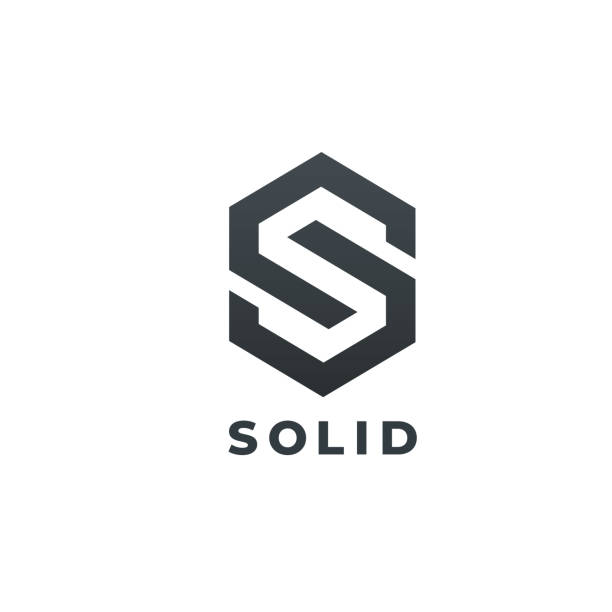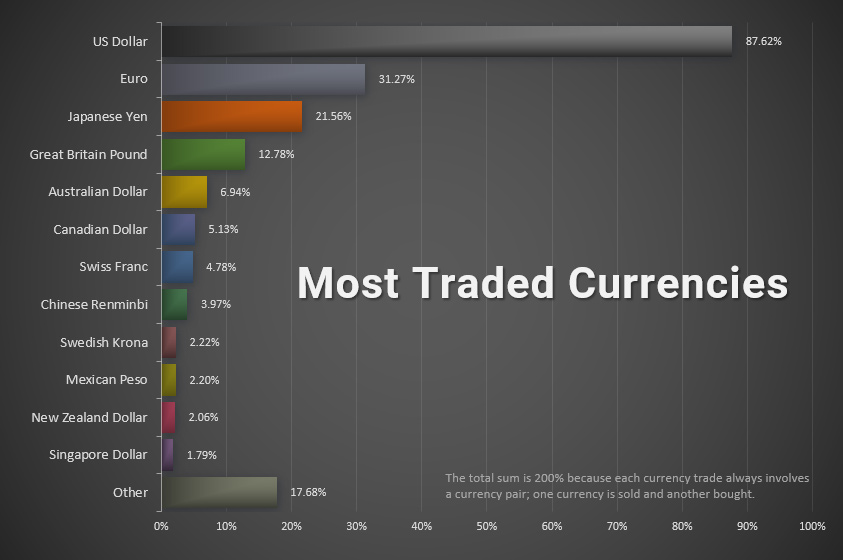
Dividend stocks can offer a high return over time. It is important that you understand the risks associated with investing in this asset. Markets don't reward dividend stocks the same way as other income-generating investments. It's a good idea to invest in a diversified portfolio with dividend stocks, but you need to be careful.
Dividend stocks don't offer the same excitement as small-cap companies that grow at an incredible pace but can provide you with an ongoing passive income stream. They can provide an escape from the volatile stock market. Dividend stocks also make it much easier to manage your portfolio. To rebalance your portfolio if the stock's value drops, you can always sell it.
The dividend yield is one of the key factors in deciding whether a stock is worth investing in. If the dividend yield is high, it's likely that the company is underpriced. A company with a high yield dividend can be an indicator of financial strength. Before you invest in any company or sector, take time to research it.

Another important factor that determines whether a stock is worth buying is the company's payout rate. Not all companies pay out annual dividends. Some companies will increase their dividends on a regular basis. It is not a good idea for investors to invest in a company with a low payout ratio.
The best dividend stocks are not only able to pay you a regular dividend, but they also have the potential to grow their dividends. This is a powerful investment technique that can have a significant impact upon a company’s bottom line. You don't want to invest money in companies that only care about their shareholders. You want to invest in a company with the potential for growth and expansion over the long-term.
When it comes to the best dividend stocks, the best is a company that has a large moat. A moat gives a company a competitive advantage and keeps them out of trouble for the long-term. A large moat will allow you to maximize your investment while keeping your risk low.
The best dividend stocks will also have a high dividend yield. While the dividends represent a small amount of the company’s overall assets, they can still be a great way to boost your portfolio. You don't want your money to be invested in one dividend stock. Spread your money around if the company is likely to grow in the future. This is because one stock won't always be the best.

Companies that grow in a promising industry make the best dividend stocks. While it doesn't guarantee future success, this is a good indicator of whether a company can pay large dividends in future.
FAQ
Why is marketable security important?
An investment company exists to generate income for investors. It does so by investing its assets across a variety of financial instruments including stocks, bonds, and securities. These securities are attractive to investors because of their unique characteristics. They are considered safe because they are backed 100% by the issuer's faith and credit, they pay dividends or interest, offer growth potential, or they have tax advantages.
A security's "marketability" is its most important attribute. This refers to how easily the security can be traded on the stock exchange. If securities are not marketable, they cannot be purchased or sold without a broker.
Marketable securities include government and corporate bonds, preferred stocks, common stocks, convertible debentures, unit trusts, real estate investment trusts, money market funds, and exchange-traded funds.
These securities are preferred by investment companies as they offer higher returns than more risky securities such as equities (shares).
What is security at the stock market and what does it mean?
Security is an asset that generates income. Shares in companies is the most common form of security.
There are many types of securities that a company can issue, such as common stocks, preferred stocks and bonds.
The earnings per shares (EPS) or dividends paid by a company affect the value of a stock.
Shares are a way to own a portion of the business and claim future profits. If the company pays a payout, you get money from them.
Your shares may be sold at anytime.
What is a Stock Exchange and How Does It Work?
Companies can sell shares on a stock exchange. This allows investors to buy into the company. The market sets the price of the share. It is often determined by how much people are willing pay for the company.
Companies can also get money from investors via the stock exchange. Investors invest in companies to support their growth. Investors purchase shares in the company. Companies use their funds to fund projects and expand their business.
A stock exchange can have many different types of shares. Some shares are known as ordinary shares. These shares are the most widely traded. Ordinary shares are bought and sold in the open market. Prices for shares are determined by supply/demand.
Preferred shares and bonds are two types of shares. Preferred shares are given priority over other shares when dividends are paid. If a company issues bonds, they must repay them.
What's the difference between marketable and non-marketable securities?
The main differences are that non-marketable securities have less liquidity, lower trading volumes, and higher transaction costs. Marketable securities are traded on exchanges, and have higher liquidity and trading volumes. You also get better price discovery since they trade all the time. However, there are some exceptions to the rule. For instance, mutual funds may not be traded on public markets because they are only accessible to institutional investors.
Marketable securities are more risky than non-marketable securities. They generally have lower yields, and require greater initial capital deposits. Marketable securities are usually safer and more manageable than non-marketable securities.
For example, a bond issued by a large corporation has a much higher chance of repaying than a bond issued by a small business. The reason for this is that the former might have a strong balance, while those issued by smaller businesses may not.
Because of the potential for higher portfolio returns, investors prefer to own marketable securities.
What are the advantages of owning stocks
Stocks are more volatile that bonds. If a company goes under, its shares' value will drop dramatically.
But, shares will increase if the company grows.
In order to raise capital, companies usually issue new shares. This allows investors to purchase additional shares in the company.
Companies borrow money using debt finance. This allows them to borrow money cheaply, which allows them more growth.
If a company makes a great product, people will buy it. The stock will become more expensive as there is more demand.
As long as the company continues to produce products that people want, then the stock price should continue to increase.
Statistics
- For instance, an individual or entity that owns 100,000 shares of a company with one million outstanding shares would have a 10% ownership stake. (investopedia.com)
- US resident who opens a new IBKR Pro individual or joint account receives a 0.25% rate reduction on margin loans. (nerdwallet.com)
- "If all of your money's in one stock, you could potentially lose 50% of it overnight," Moore says. (nerdwallet.com)
- The S&P 500 has grown about 10.5% per year since its establishment in the 1920s. (investopedia.com)
External Links
How To
How to Trade on the Stock Market
Stock trading refers to the act of buying and selling stocks or bonds, commodities, currencies, derivatives, and other securities. Trading is French for "trading", which means someone who buys or sells. Traders are people who buy and sell securities to make money. This type of investment is the oldest.
There are many ways you can invest in the stock exchange. There are three types of investing: active (passive), and hybrid (active). Passive investors simply watch their investments grow. Actively traded traders try to find winning companies and earn money. Hybrid investor combine these two approaches.
Passive investing involves index funds that track broad indicators such as the Dow Jones Industrial Average and S&P 500. This strategy is extremely popular since it allows you to reap all the benefits of diversification while not having to take on the risk. All you have to do is relax and let your investments take care of themselves.
Active investing means picking specific companies and analysing their performance. An active investor will examine things like earnings growth and return on equity. They then decide whether they will buy shares or not. If they believe that the company has a low value, they will invest in shares to increase the price. They will wait for the price of the stock to fall if they believe the company has too much value.
Hybrid investing blends elements of both active and passive investing. For example, you might want to choose a fund that tracks many stocks, but you also want to choose several companies yourself. In this case, you would put part of your portfolio into a passively managed fund and another part into a collection of actively managed funds.